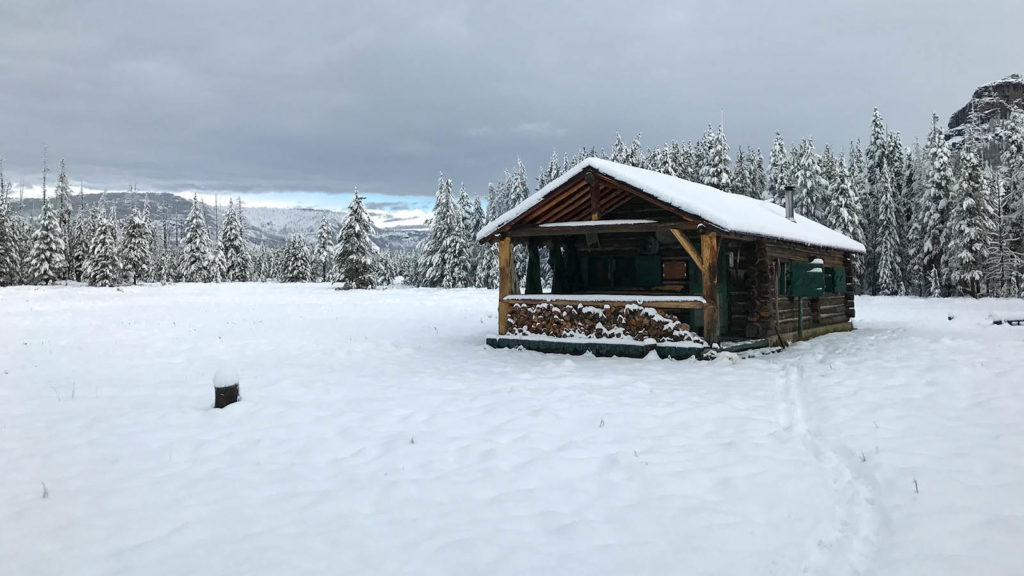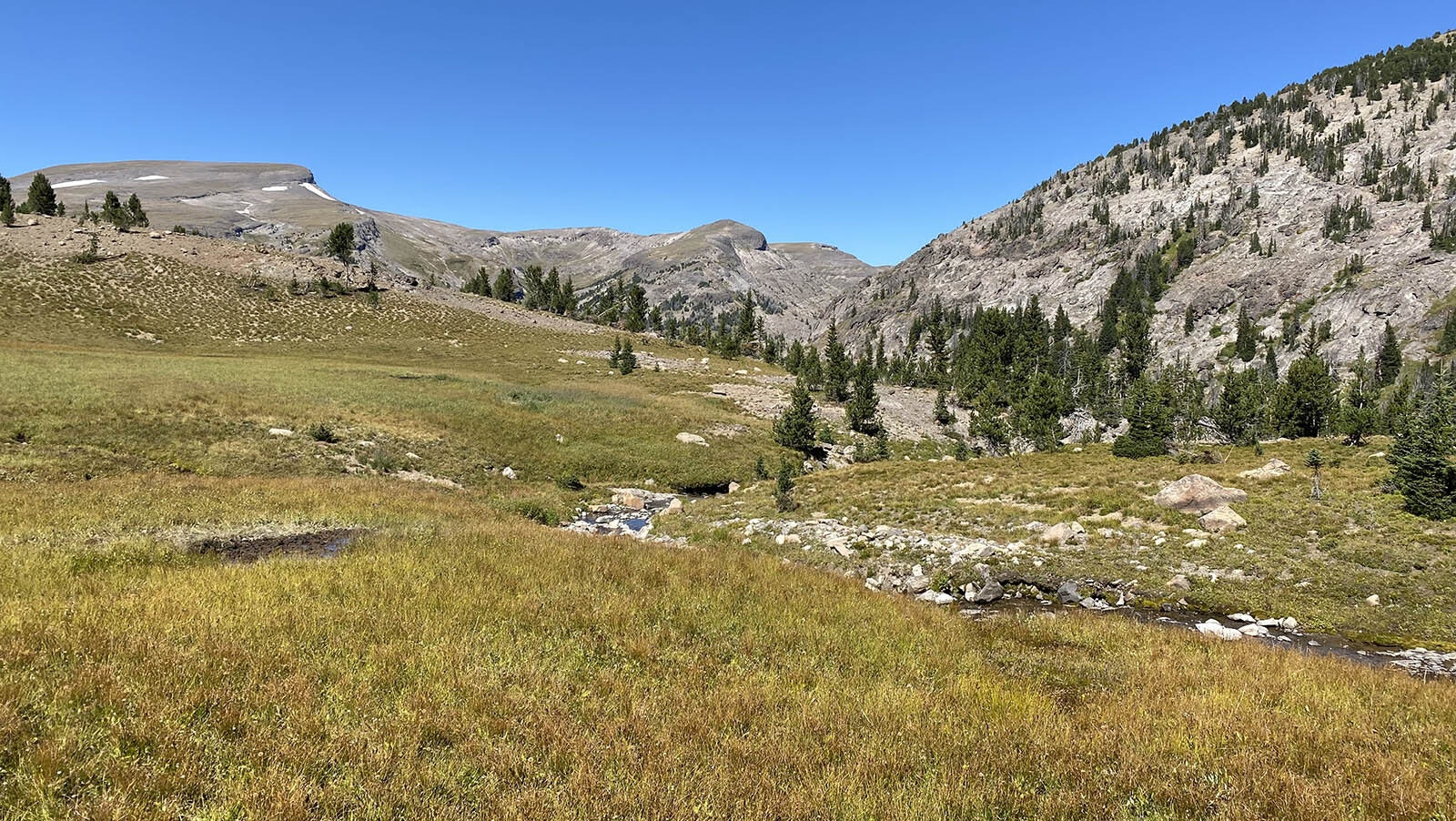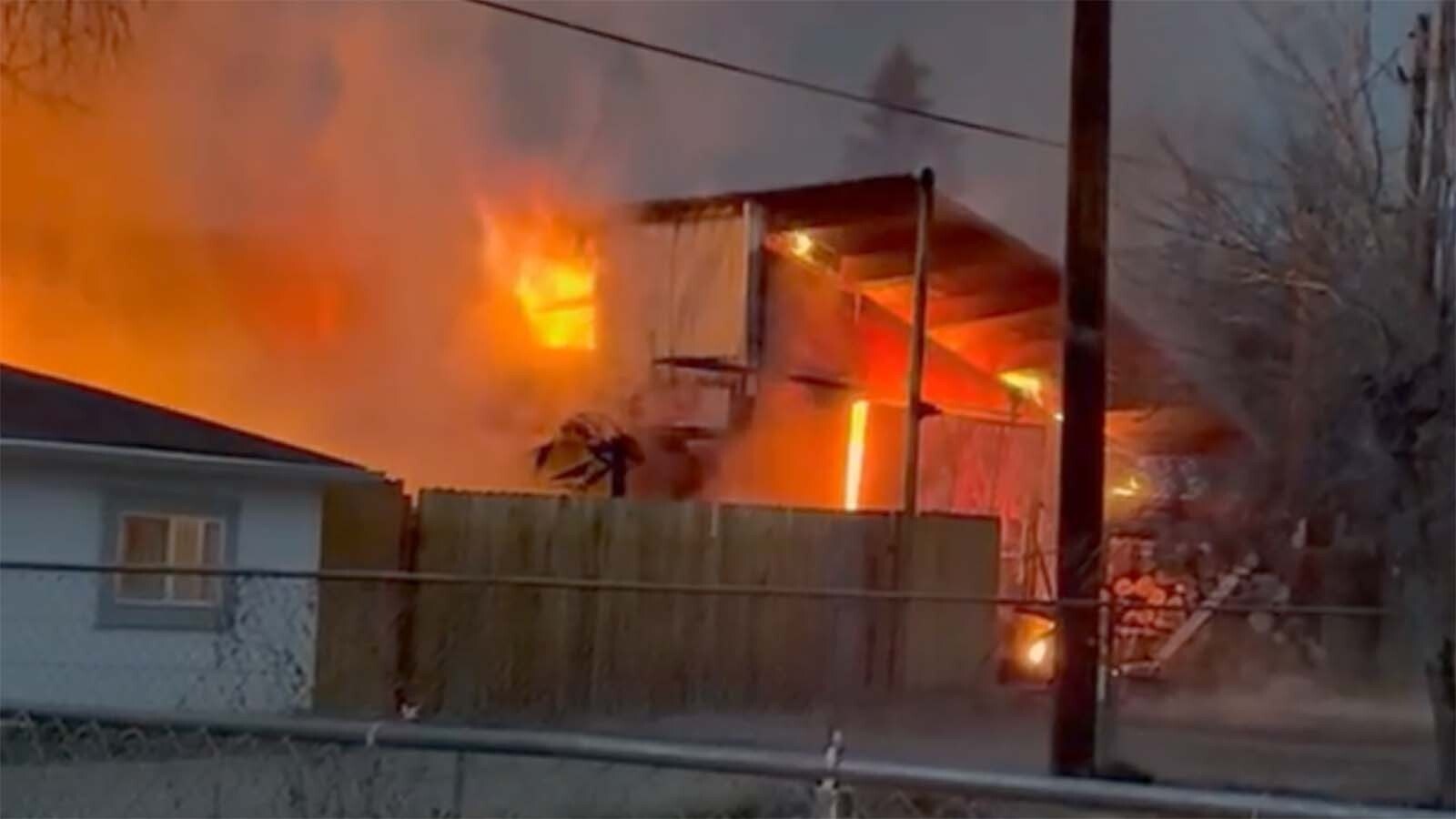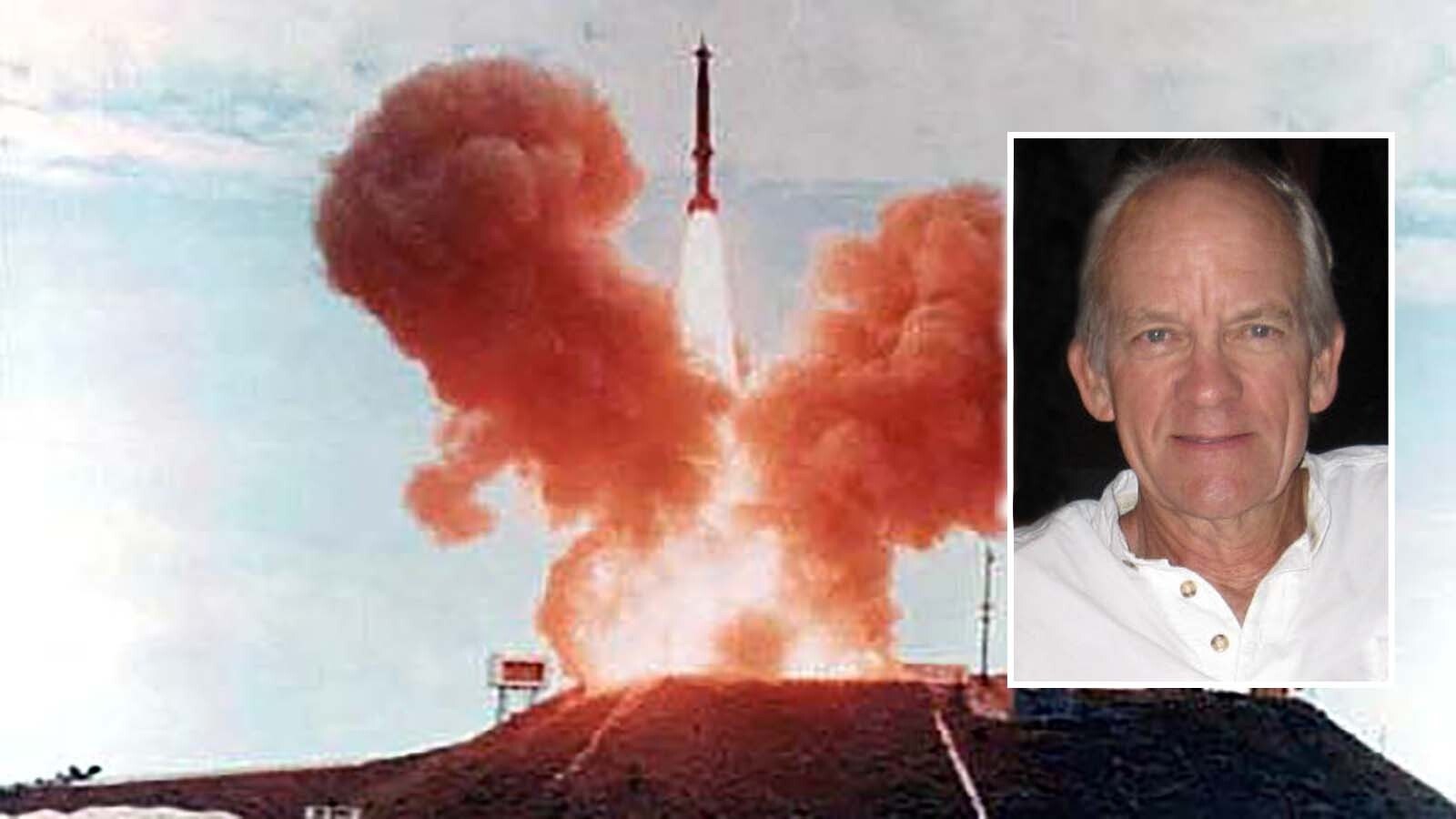As the least-populated state, Wyoming is full of out-of-the-way places, and with fewer than 6 people per square mile it’s easy for someone to get away from it all.
Then there’s the Thorofare.
As the most remote region in Wyoming – and the entire Lower 48 United States – those who have been there say the magnitude of the Thorofare’s impact on one’s mind and spirit can’t properly be experienced in pictures or words.
“It’s hard for me to put my finger on it, but for me (the Thorofare) has always felt like home,” John McCurdy told Cowboy State Daily. “Many people might feel nervous to be that far away from anything, but for me it always felt peaceful.”
As the supervisory ranger for Yellowstone Park’s backcountry district, McCurdy has spent many seasons at the National Park Service’s ranger cabin in the Thorofare.
Wyoming Rep. Cyrus Western, R-Big Horn, took his first trip into the Thorofare last month. He and a friend were bowhunting elk for nine days.
“It’s wild. It’s steep. There’s bears, there’s wolves,” he said. “You can drink directly out of the streams.”


Most Remote In Lower 48
The Thorofare in northwest Wyoming encompasses parts of Yellowstone National Park and a designated wilderness area in the Bridger-Teton National Forest.
There are several ways in, and none of them take less than a long day on horseback, McCurdy said. To get to the park ranger cabin, he usually takes a route running along the east shore of Yellowstone Lake.
Western said he and his friend came in on the national forest side starting at a trailhead in the South Fork drainage near Cody. They had to ride about 30 miles in one day to get to their campsite.
The Thorofare is recognized as the most remote wilderness in the Lower 48, McCurdy said.
“That’s how Paul Harvey described it – as the most remote place,” he said.
It’s no place for tenderfeet or the ill-equipped, Western said. Even from the highest peaks in the area, there’s no cellular service. While there, he had a Garmin satellite link that would have allowed him to send limited text messages, in case of emergency.
“It’s one of those things, if you get a busted leg back up in there or you break your pelvis, you’re in trouble,” he said. “Even if you can send for help, the only way out is going to be by chopper, so you had better pray for good flying weather.”

Established By the Army
The Thorofare Ranger Station is one of a network of stations established by the Army in the 1880s to help guard Yellowstone’s most remote borders from poachers, woodcutters and other nefarious characters, according to a history of the station written by Mike Yochim.
Cabins might have been built there as early as the 1890s, but the current ranger station didn’t start taking shape until about 1920. The cabin was rebuilt in 1937 after a kitchen fire damaged it, McCurdy said.
Much of the runed interior was replaced with white paneling, so the cabin “looks like a house inside,” he said. “But if you pop your head up into the attic, you can still see some of the charred logs from the fire.”
Bear Country
Grizzly bears sometimes frequent the area of the ranger station, enticed by the smells of cooking, McCurdy said.
“They haven’t caused any trouble when I was there,” he said, adding the only bear “trouble” he had was rather humorous.
During one of his first stays in the Thorofare, he was with a large group of rangers. The sleeping spaces in the cabin were occupied, so he slept outside.
“I was having a dream that I was being attacked by a bear,” he said. “When I woke up, there was a horse named ‘Mouse’ licking my face.”
Western said he saw grizzlies nearly every day during his bowhunting venture, but also didn’t have any run-ins with them.
“They (the grizzlies) back there kind of live by the rule ‘if you leave us alone, we’ll leave you alone,’” he said.

Hunter’s Paradise
For hunters with the equipment and gumption to get back into the national forest and wilderness side of the Thorofare, it offers possibly the best elk hunting in Wyoming, Western said.
“It’s a general elk tag area, meaning it’s an over-the-counter tag for Wyoming residents,” he said. “There are a lot of elk back up in there, and it’s known as an area with huge bulls.”
Western didn’t get an elk during his Thorofare hunt. The first few days were unusually hot, with temperatures hitting the 80s. That drove the elk into thick timber stands, where it was difficult to stalk them.
The weather eventually cooled, but Western said he never quite got the bow shot he was hoping for.
“I got in on a few bulls,” he said. “But it was always a situation where there was a branch in the way of his vitals or a small spruce tree in the way of his vitals.”
For those who do drop an elk in the Thorofare, a quick exit is a must, so it’s best to have horses or mules on hand to haul the meat out.
“You can’t leave a carcass there overnight, or a grizzly will claim it,” he said.
Later, Western killed a large bull elk on another hunt in the Powder River Breaks.
Worth The Journey
McCurdy said he looks forward to more seasons patrolling the Thorofare, the area on the Yellowstone Park side marked by vast meadows punctuated by timber stands and “braided streams,” he said.
Western described the route in from the South Fork as “steep and gnarly.”
Both recommended that anybody thinking about going into the Thorofare should be prepared to invest plenty of time, know what they’re doing or go in with a seasoned guide.
“It’s big, wooly, wild country,” Western said.





